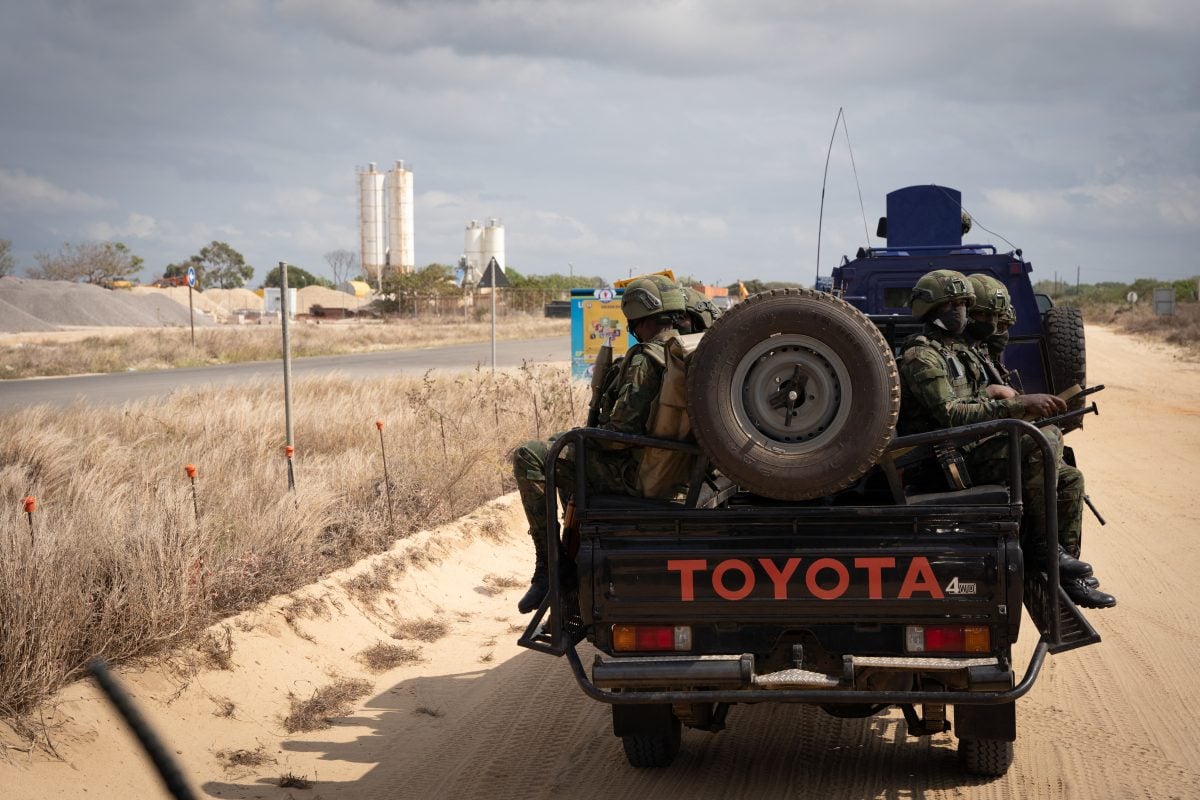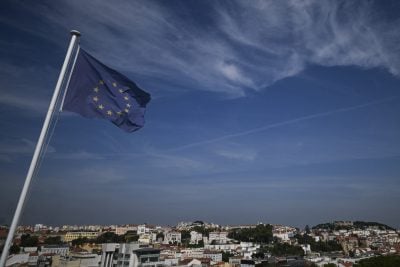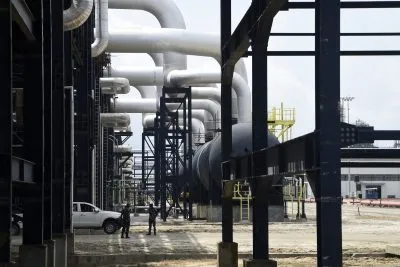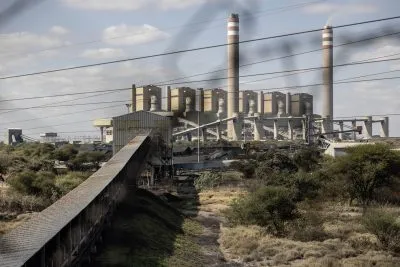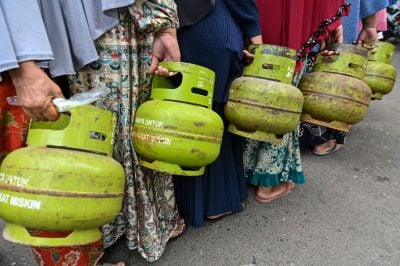With the $20bn onshore liquefied natural gas (LNG) project in northern Mozambique expected to resume development soon, the energy sector is seen as a significant catalyst for ramped-up growth in the country.
Even though the security situation in the Cabo Delgado area in which TotalEnergies is leading gas developments remains volatile, the French energy giant has announced that it plans to resume work at the site in late 2025 after a four-year delay.
The suspension of work four years ago followed attacks by Islamist militants on the nearest town of Palma and other areas, which have led to the deaths of several thousand people and the displacement of many others. The company hopes the force majeure declared in 2021 will be lifted by the government “soon” but meanwhile work has already resumed on the ground and Rwandan troops are among those guarding the site.
Total is the operator of the onshore LNG project, with a stake of 26.5%, followed by Japan’s Mitsui with 20%, while Mozambique’s state-owned Empresa Nacional de Hidrocarbonetos (ENH) has 15% and Indian state firms and Thailand’s state-owned PTTEP own the rest. The project’s completion would be a major shot in the arm for Mozambique’s vision of energy-driven growth, say analysts, and also a vote of confidence in the country. But even as the project has waxed and waned, work has continued on other major energy projects.
LNG projects online and expected
There are several current and expected LNG projects expected to contribute more than $60bn to the country in the next few decades. Most of the LNG is for export to Europe, with some to Asia, and long-term offtake agreements are in place.
The Coral South floating LNG project, about 50 km off the coast of Cabo Delgado province, started production in November 2022 and by April this year it had exported 100 shipments of LNG. Italy’s Eni leads the operations and construction in partnership with ExxonMobil, CNPC and others. The government is receiving income from the development, which will accelerate once the $7bn investment has been paid off. The government is expected to collect $23bn in revenues, taxes and other contributions over 25-30 years of operation from this one project alone.
A linked Eni-led project, Coral North, is expected to come onstream in 2028 if a final investment decision is made according to current timelines, with another investment of about $7bn. The $20bn onshore TotalEnergies LNG project plans to exploit two deepwater fields and build a liquefaction plant with a total capacity of 13.1m metric tons per year, much higher than the output of the offshore platforms.
ExxonMobil is awaiting a final investment decision on a $25bn LNG project in the Rovuma Basin. The decision is expected in the first half of 2026. The project, a joint venture that also involves Eni and CNPC, has been delayed due to lingering security concerns and broader market uncertainty.
“These are all good news for Mozambique but so far, the income is limited,” says an economist in Maputo. “Much depends on future developments. And a downside for the expected benefits for local people is the fact that it is a highly specialised industry.”
President Daniel Chapo’s government plans to change that by implementing long-delayed local content laws, with specific emphasis on oil and gas, and by ensuring the legally mandated contributions to the sovereign wealth fund from the resources are made.
Vast renewables potential
But the LNG projects, significant as they are, are not the only game in town. The government is planning for a second massive dam to boost its hydroelectric potential and realise its vision of maintaining its role as a vital cog in power trading in the region.
The 1,500 MW Mphanda Nkuwa hydropower project on the Zambezi River is situated about 60 km downstream from the Cahora Bassa Dam near Tete. The $5bn project includes a run-of-the-river dam, power generation facilities and a 1,300 km transmission line to connect it to the national grid and regional markets.
The project, supported by international partners including the World Bank and a consortium led by Électricité de France, TotalEnergies and Sumitomo Corporation, is expected to be operational by 2031, according to Carlos Yum, director of the project office. He says sector reforms, government commitments and macroeconomic stability are critical to the success of such a project, which is expected to double hydro capacity to meet demand from the industrial sector and boost export businesses.
At the annual general meeting in Maputo earlier this year of Africa50, a pan-African infrastructure investor linked to the African Development Bank, Chapo underscored his government’s ambition to leverage Mozambique’s significant natural resource base, particularly its gas deposits and renewable energy potential, to power both national development and regional growth.
The aim, he said, was for the country to become a regional gateway for clean power exports across the sub-region. Mozambique is a member of the Southern African Power Pool and already contributes significantly to power supply in the region, including by exporting to neighbouring South Africa.
Mozambique became a shareholder of Africa50 in 2024, in a bid to boost energy and other infrastructure. In 2025, for example, it signed a memorandum of understanding with Electricidade de Mozambique (EDM) for the development of three high-voltage transmission lines under an independent power transmission (IPT) framework. Africa50 has also invested in the 175 MW Ressano Garcia gas-fired power plant. The African Development Bank has invested in the country, including $400m of senior debt financing for the TotalEnergies project.
Renewable energy projects are also gaining pace, with investors working with EDM to build large wind and solar projects such as the 120 MW Namaacha wind farm in the south-west of the country and the 100 MW and 60 MW solar plants in Cabo Delgado and Nampula province respectively.
The first floating solar plant is also under development, with 100 MW of panels installed on the reservoir of Chicamba hydroelectric power plant.
Universal energy access incoming
Mozambique is on track to meet its target to achieve universal energy access by 2030, increasing access from 31% in 2018 to more than 60% in just a few years. This has been achieved by the government’s national electrification strategy and the World Bank-supported Energy for All project.
“In the past two years alone, we have achieved over 400,000 new connections annually – a historic milestone for energy inclusion,” says Chapo.
“By 2030, Mozambique is committed to universal energy access, driven by an integrated strategy that combines energy market development, industrialisation and investment attraction. Projects such as Cahora Bassa and Mphanda Nkuwa will be the engines of this transformation,” he told investors at the Africa50 event this year.
Want to continue reading? Subscribe today.
You've read all your free articles for this month! Subscribe now to enjoy full access to our content.
Digital Monthly
£8.00 / month
Receive full unlimited access to our articles, opinions, podcasts and more.
Digital Yearly
£70.00 / year
Our best value offer - save £26 and gain access to all of our digital content for an entire year!

 Sign in with Google
Sign in with Google 